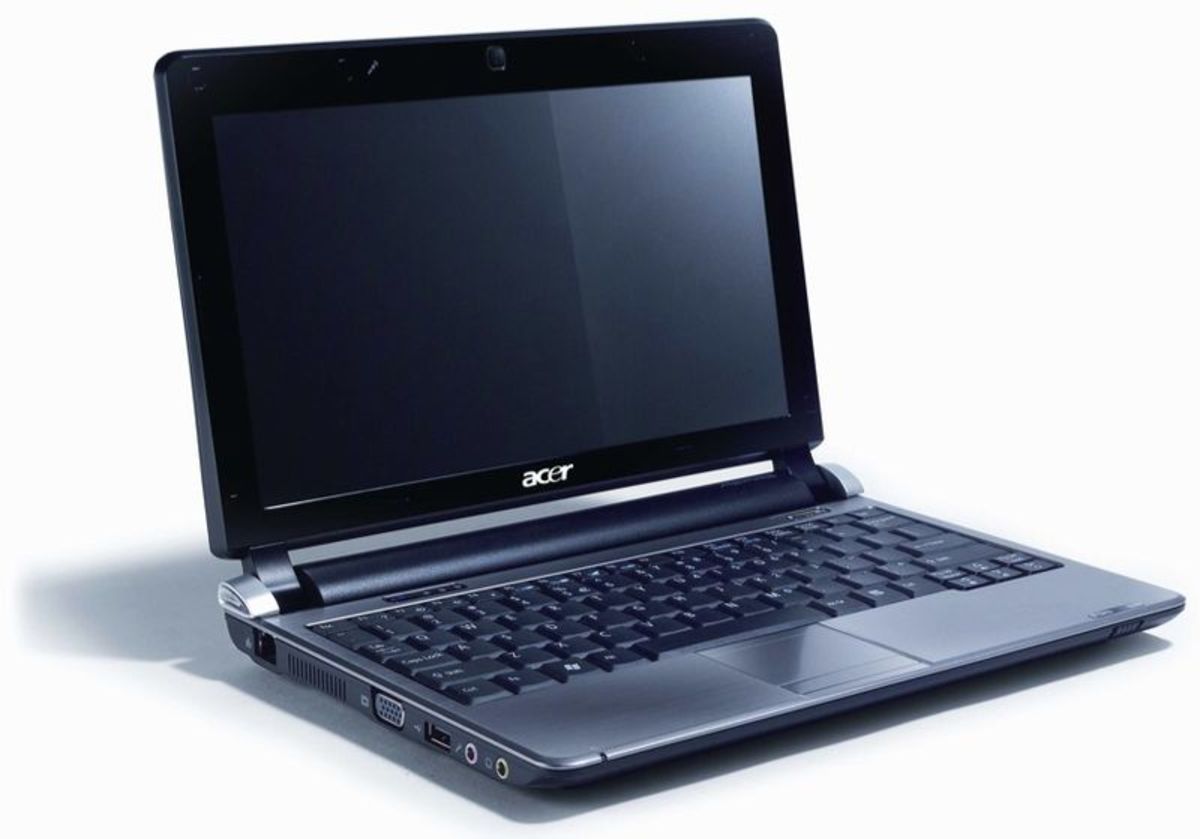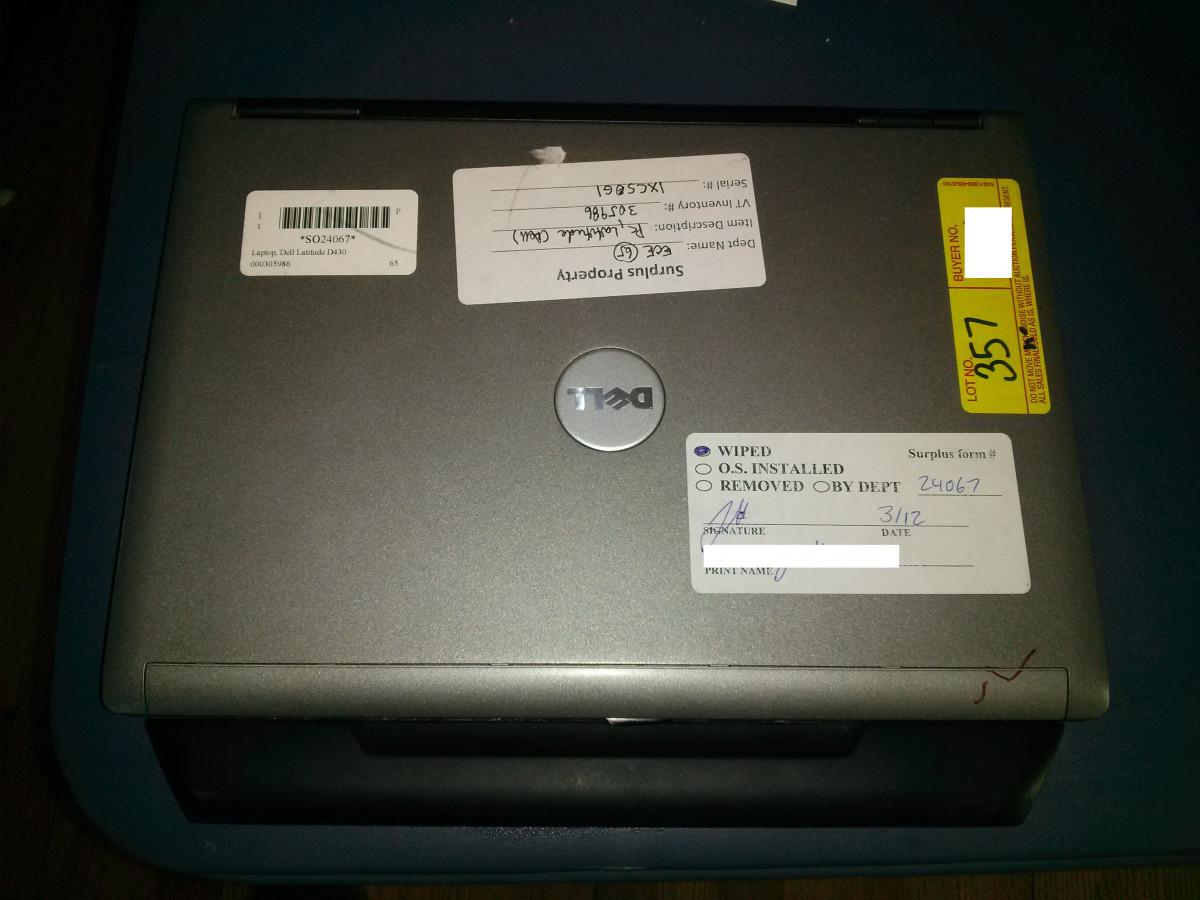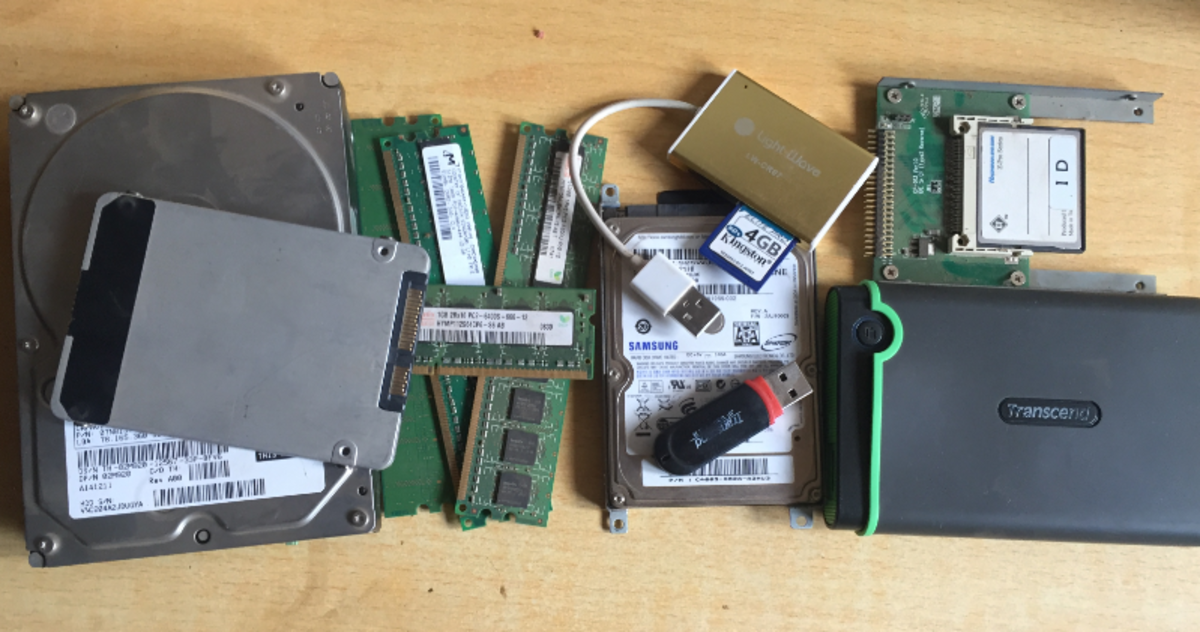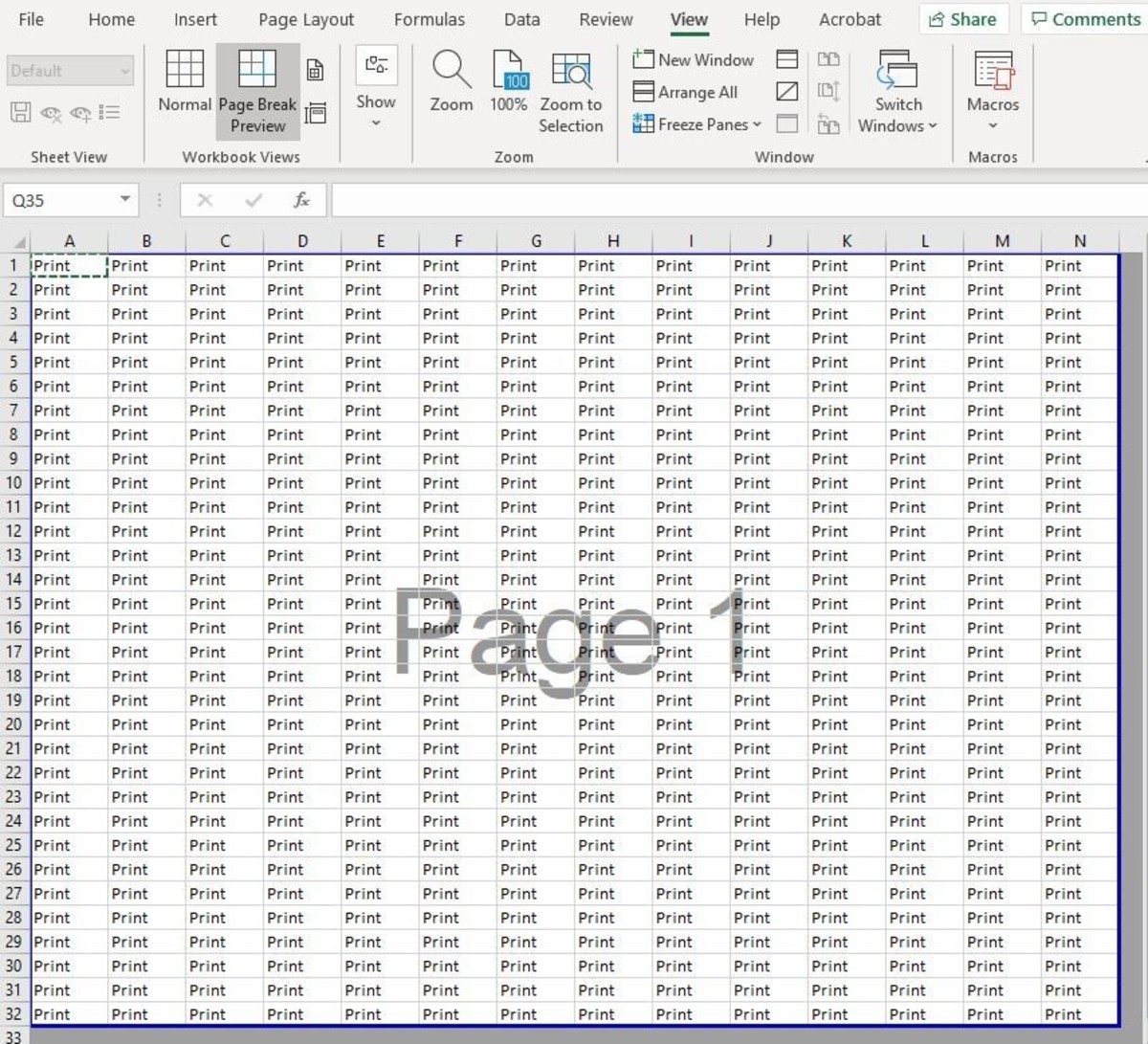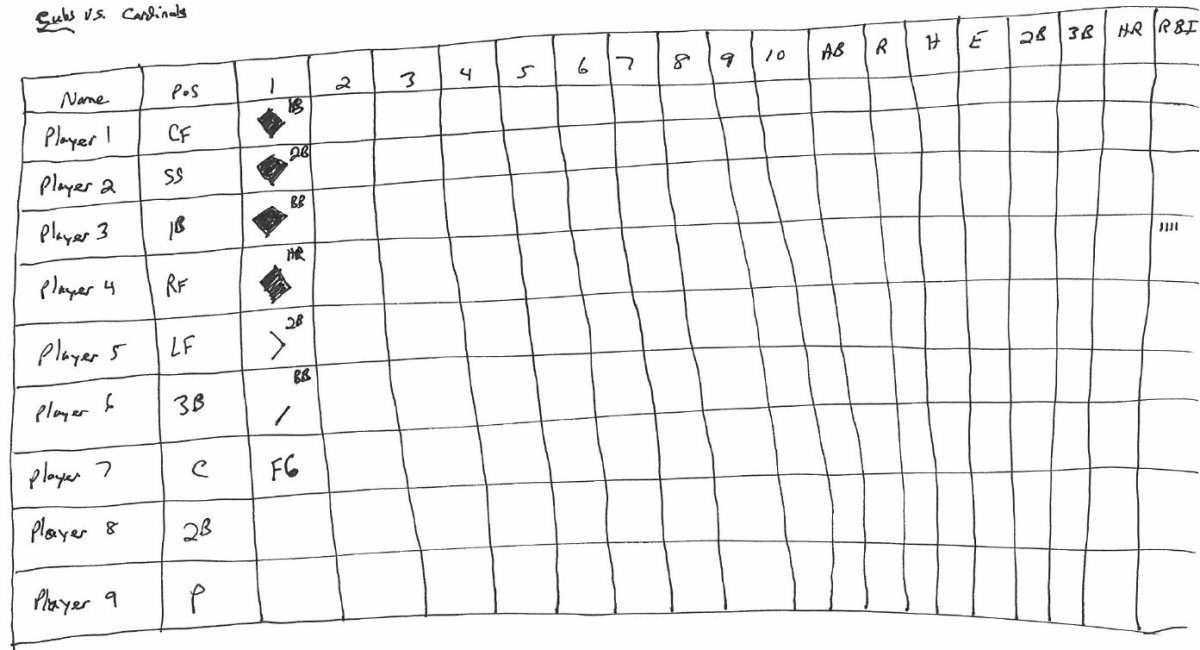- HubPages»
- Technology»
- Computers & Software»
- Computer Software
Recovering Computer Files
Original/ Recovered file numbers.
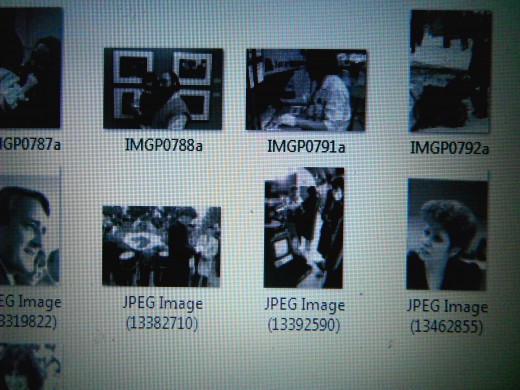

Recovering Lost Digital Files
By Steve Robson
One of the worst things that can happen to anyone is the loss of digital data. This includes all types of information including text files and photos. Depending on the type of data loss, it can be a total loss or just a failure the data on the storage device. If one is lucky the main data storage will not damaged and recovery programs can help save the day. This article deals with what I had to do to recover lost data on a storage device that contain my main files that had been saved over the past few years. It also goes on to tell other methods of recovering data from other sources.
The problems started when I had my portable hard drive came off the USB cable when the computer was still on. Some of the files on the hard drive corrupted so it locked up the hard itself. It showed 0 bytes of data but a full drive on the hard drive. For months I put it aside wondering what to do.
I talked to a computer tech about my problem was told use a program called “Pandra” to recover the files. The first thing I had to do was to format the drive. I thought I was going to lose everything but this is not the case. The files are still there. They just lose there formal structure. All the formatting for the files is gone base data still remains. The formatting allows the drive to open properly again.
The Pandra program is a good option since it can be downloaded for free. It allows any size of files to be recovered. Some free recovery programs allow a limited amount data that can be done for free before having to pay for full service of the program. Once I downloaded the Pandra program, it took a bit of work to figure out how to get it to work. Here is a setting called “surface scan”. Clicking on to this started a deep scan of the hard drive. Since I had about 200 gigs of information on the drive, it took about 15 hours to do a full scan of the hard drive disk. Once this is done, you will need another hard drive of that is the same size transfer the data off of the hard drive with the recovered on it already. I found it was best to take small amounts at a time off of the recovered hard drive as not to over load the computer. It took about 2.5 days to complete the transfer of data from one device on to the other.
At this point this is just the starting point to get you back to having filed information back in your hands. The recovery program stripped the original file names and the file folders they had. However, the base structure and file order remained for the most part intact. This allowed me to make a great start on new filing system needed get the data back in order. I started by creating large picture files that could be broken down at later dates into smaller more detailed file bases. This part takes months to file it into a format that gets it back into something looked like the original setting before the hard drive problem. Since the entire file name have been changed, file types like text files have to be renamed into titles you can identify the contents with. Please note that if the hard drive itself totally failed, all the data on the device would be lost for good.
At this point. I started to look at my older camera cards and USB drives to see what was on them. To my surprise, I found more images I thought I had lost on the main recovered hard drive. It was great to get back information I thought was gone forever. The moral of the story is to look at all your older digital devices to see what information is on them. It may surprise you as to what is saved.
Another source to find lost data is to look into your e-mail attachments. Important documents may have been saved there and can be downloaded back on to a recovered hard drive.
As I stated earlier, you have other options as well for recovering, lost images and text files. These files are not really lost. They are items I have up loaded on-line to be seen by many others. I started to copy and save these items back on to the hard drive. Saving the best of your work on-line is a good way backing it up so if it is needed at a future date, it is there. On my hotmail account, there is a link to site called “SkyDrive”. It allows you to up-load pictures and word documents there. It keeps them safe and away any devices you have yourself. Other sites like “Flickr” allow images to be up-loaded but watch out to limits that can be up-loaded for free. Sites like Hub Pages and forum sites allow you to save information there as well. You just have to look to see what sites are out there to be used as free storage.
After going through this recovering of digital data, a number of things can be done help improve the loss of data. Try looking at the more important files and back these up on to CD-r and DVD-r discs. The moral of the story is that corrupted data can be saved and returned into useful data that can be worked on again.


